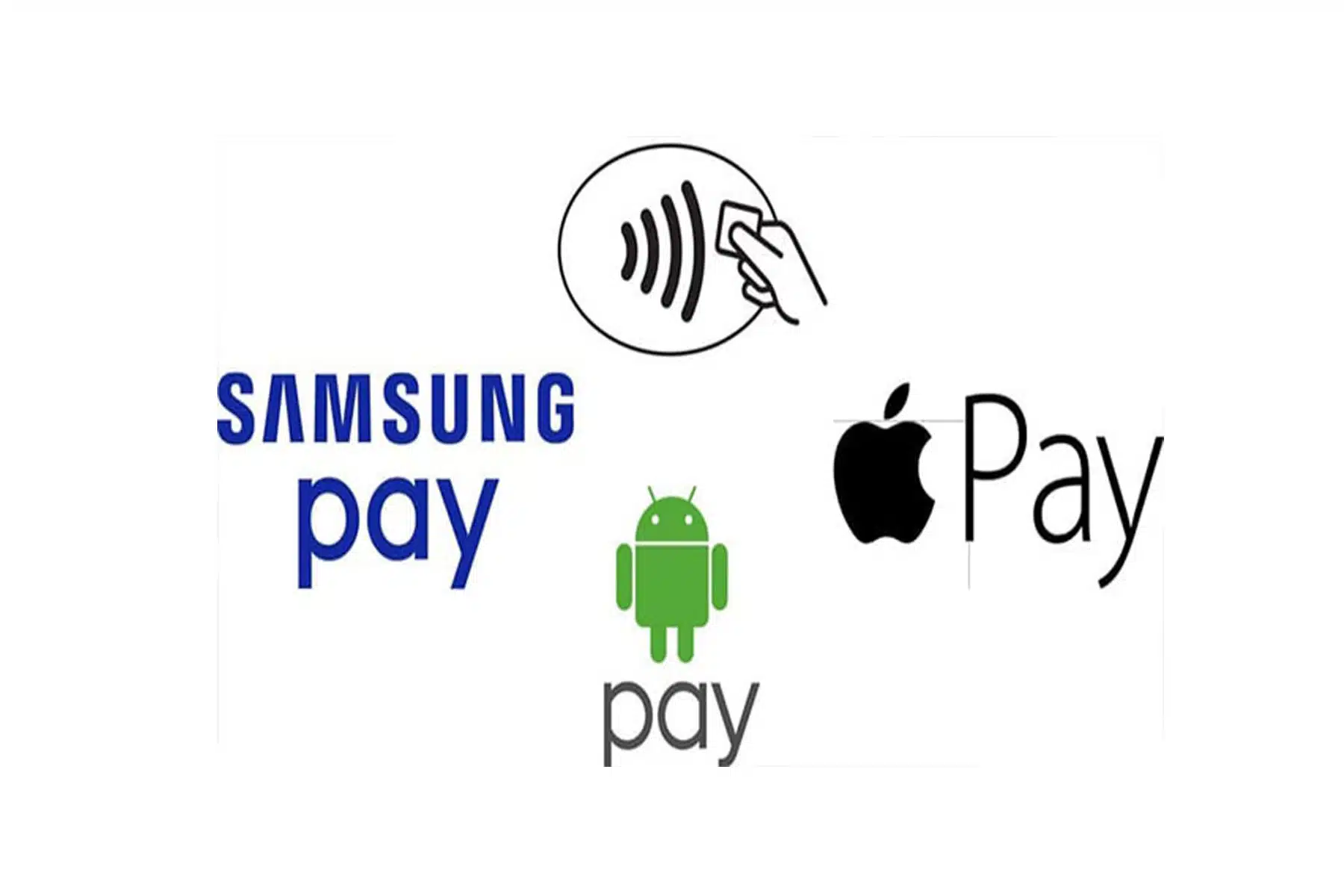Mobile technology is fast becoming central to the entire travel experience. Consumers are increasingly using their smartphones to research trips, book accommodation, check in at the airport, and access their hotel room. But one of the next big roles mobile has to play in the travel process is mobile payment. The idea of an entirely cashless society might still seem some way off, but mobile payment is gaining popularity. As it becomes more widely used, its fast and frictionless nature will bring benefits before, during and after a trip.
With that in mind, how is mobile payment being used right now, and what specific benefits can it offer to travellers and travel brands alike?
Mobile Payment in China is Booming
It’s impossible to start this topic without first discussing China — a nation where mobile payment has seen incredible growth. Much of this is being driven by WeChat — a unique social platform that also allows users to make payments to both individuals and businesses. With one billion monthly active users, WeChat is China’s most popular app, and its all-in-one social platform/payment system makes it a great tool for travellers. In a recent white paper, over 90% of Chinese tourists said they would use mobile payment overseas if they had the option — giving travel companies a compelling reason to offer them the means to do so. Mobile payment has seen more of a stuttering start elsewhere, and US consumers still seem to be wary. However, adoption is growing — especially among younger generations. Figures from Apple Pay also indicate strong growth. In the first quarter of 2017, Apple Pay transactions grew by 450% year-on-year. While it’s worth noting that this figure is partly down to increased iPhone sales (which include built-in mobile payment apps), these numbers certainly tell a story. As similar payment systems such as Samsung Pay and Android Pay are preloaded into other devices, mobile payment (driven by Millennials and Gen X) looks set to become more prevalent, leading to greater integration across the industry. With all that in mind, what specific benefits will this bring to travel brands and their customers?
More Effective Marketing
When payment is instant and effortless, consumers are more inclined to buy. Consider how in just a couple of clicks, having an Amazon account lets you buy a book or movie that it just recommended. Zero hassle involved. Mobile payment operates on the same premise, and its benefits to travel brands are substantial. It’s easier to tempt a customer to buy ancillary products and services when, instead of handing over a credit card or cash, they can make payment with a quick tap of their smartphone. In practice, travellers at the airport
could use their smartphone to pay for a flight upgrade, club lounge access, or duty free goods. To take advantage of this fact, international brands, retailers and airports are now partnering with Chinese mobile payment systems WeChat Pay and Alipay to tap into the lucrative Chinese tourist market. There are also clear opportunities for hotels. By accepting mobile payment, a property could upsell guests on arrival with the option of a room upgrade. Or push offers during their stay on additional amenities, trips and on-property experiences.
Streamlined Travel
One of the major issues travel brands face is high online booking abandonment rates. A well-cited SaleCycle study found that 81% of shoppers abandon their booking. More recently, a travel study of Asia Pacific found 92% of consumers in the region abandon their bookings at checkout. In part, transactions are abandoned because of overly complicated checkout processes, which involve lengthy forms and having to enter credit card details. Again, the simplicity of mobile wallet can remove this sales friction when people book a flight or accommodation. By offering a point-of-sale device for mobile payment, hotels would also be able to offer a smoother check-in process. A quick payment with a smartphone, instead of using cards and cash, could significantly reduce queues at the front desk, allowing guests to reach their room more swiftly on arrival.
Increasing Loyalty
Engagement with loyalty programs is often lacklustre. Part of the issue is their unwieldy nature. Consumers often have loyalty programs with numerous companies, which can only be accessed by visiting each company’s own website or app. This fragmentation quickly discourages active loyalty participation. The beauty with the mobile wallet is complete integration. All loyalty programs can be accessed from the same place. Brands can now integrate their existing loyalty programs into the mobile wallet, which represents a huge opportunity to engage guests with easy-to-access rewards. There’s reason to believe travellers would be highly receptive to this. According to the 2016 Points’ The State of Mobile Wallet Loyalty and Engagement report, 94% of consumer would more frequently use a mobile wallet if they could earn and/or redeem loyalty points and miles with each transaction. As an example, a hotel could quickly notify a guest about any outstanding loyalty points they have, with a prompt about the benefits and rewards available to them for making a purchase. This additional touchpoint also offers a natural way to stay in contact with guests throughout the year, keeping a hotel top of mind and strengthening relationships.
The Future of Travel Payment?
As the move towards a cashless society grows, mobile payment represents a way to speed up almost every stage of the travel journey. Instead of using cards and cash for transactions, the likes of Alipay and WeChat Pay in China are now becoming the new way consumers make purchases. As China’s burgeoning middle class continue to travel and spend billions, overseas travel brands have an enormous opportunity to cash in by catering to their preferred payment method. Overall, travel marketers need to consider how they can partner with wallet players as consumers become more comfortable with mobile payment. Increased familiarity among younger generations will almost certainly drive future growth, and the opportunities for smoother travel, enhanced marketing, mobile-based loyalty and enhanced engagement are significant.




